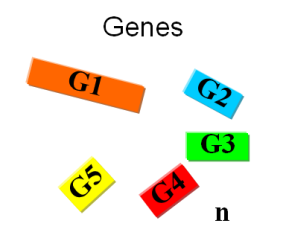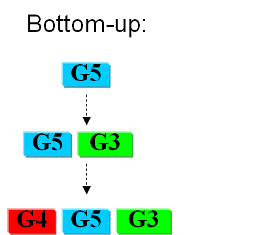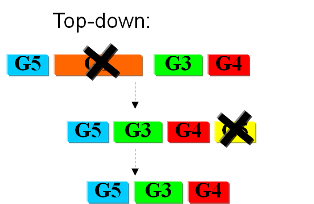Team:ETH Zurich/Project/Background
From 2008.igem.org
Current approachesAs usual when takling engineering projects, two main approaches can be followed: bottom-up and top-down. We start with a given set of genes and the goal is to find the subset that contains the minimal amount of genes necessary to support life under given conditions.
Minimal genome is the minimal set of genes �able to sustain life in a particular condition. Bottom-upIn the first case we try to identify all the necessary functions for our system to work (in this case: to live). In this case we identify pathways to produce all necesary metabolites the cell needs, such as lipids, aminoacids, etc. A good example of this approach can be found in []. The following step is to sinthesize the complete chromosome with the identified genes into an "empty" cell. This approach is beeing followed e.g. by the Craig Venter Institute [].
Top-downThe second approach starts from a working syspem (such as a well characterized strain like K12). By identifying non-essential parts of the metabolism and deleting them, we reduce the complexity of the cell. Many groups are working on this method, such as the Biofrontier Laboratories [] or Scarab Genomics []. |
 "
"


